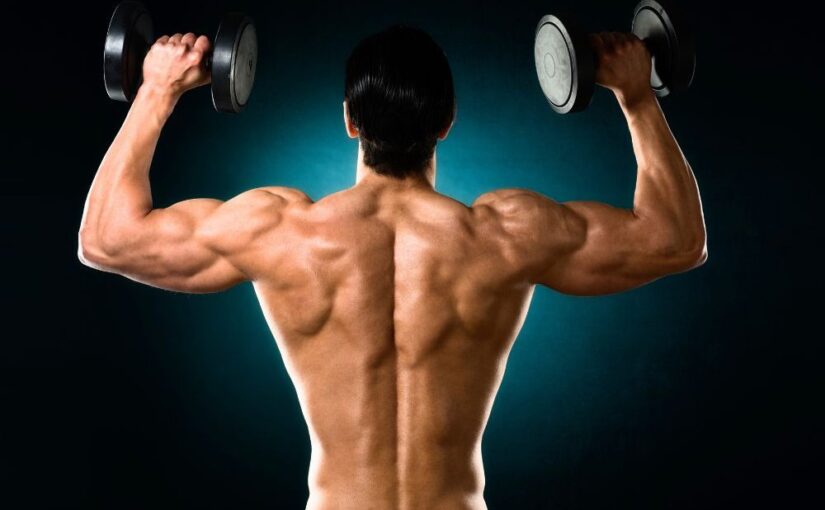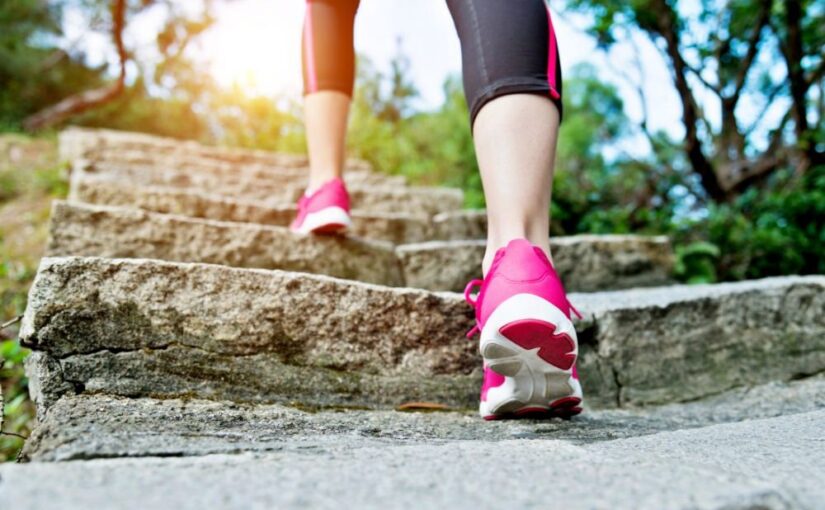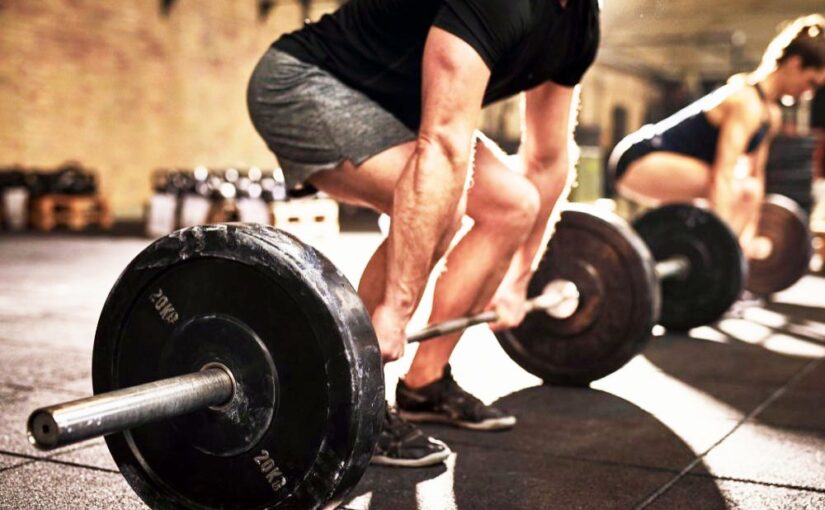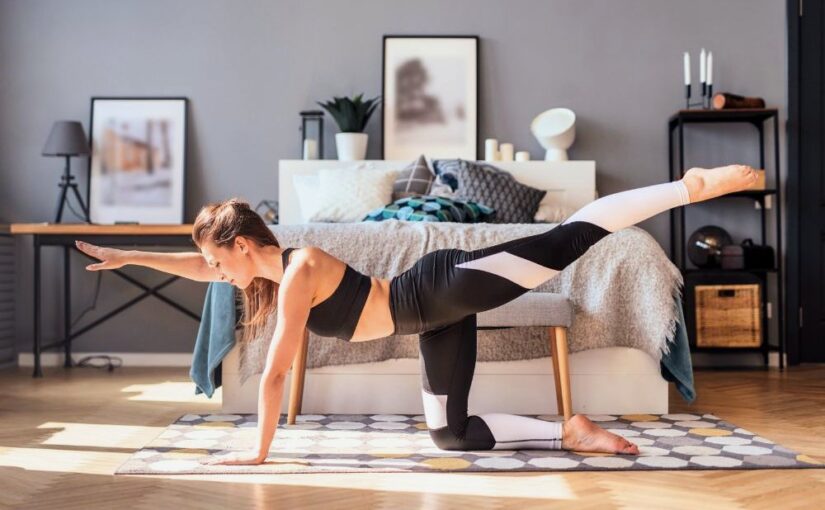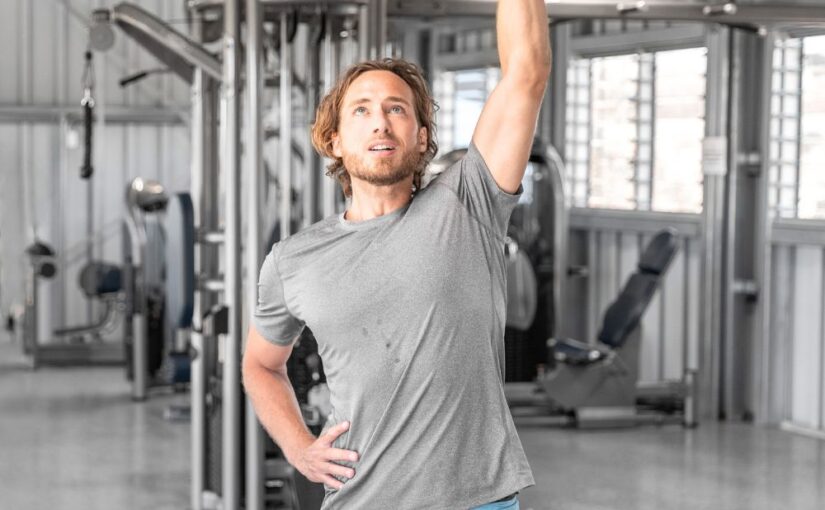Building huge legs is essential for a balanced physique and overall strength. Strong legs not only enhance your appearance, but also improve your performance in various sports and daily activities. This guide will provide you with effective strategies, exercises, and nutrition tips to help you develop impressive legs.
Understanding Leg Anatomy
To effectively train your legs, it’s important to know the major muscle groups:
- Quadriceps: The muscles at the front of your thighs, responsible for extending your knee.
- Hamstrings: Located at the back of your thighs, these muscles help flex your knee and extend your hip.
- Glutes: The gluteus maximus, medius, and minimus are key muscles for hip movement and overall leg power.
- Calves: Comprising the gastrocnemius and soleus, these muscles are crucial for ankle movement and stability.
Key Principles for Building Huge Legs
1. Progressive Overload
To stimulate muscle growth, consistently challenge your legs by increasing the weights you lift, the number of repetitions, or the intensity of your workouts.
2. Balanced Training
Focus on all major leg muscles, including quads, hamstrings, glutes, and calves. A well-rounded routine will prevent imbalances and promote overall leg strength.
3. Proper Form
Maintain good form to maximize effectiveness and reduce injury risk. Prioritize quality over quantity; it’s better to lift lighter weights with correct technique.
4. Recovery
Leg muscles need time to recover and grow. Ensure you’re allowing adequate rest between leg workouts and getting enough sleep to support muscle recovery.
Effective Leg Exercises
Here are ten excellent exercises to help you build huge legs:
1. Squats
- How to do it: Stand, place your feet shoulder-width apart. Bring your body down as if sitting back into a chair, keeping your chest up and knees behind your toes. Push through your heels to return to standing.
- Muscles targeted: Quadriceps, hamstrings, glutes.
2. Deadlifts
- How to do it: Stand with your feet hip-width apart and grip a barbell on the ground. Maintain your back straight as you lift the bar by extending your hips and knees, then lower it back down.
- Muscles targeted: Hamstrings, glutes, lower back.
3. Lunges
- How to do it: Take a step forward with one leg, lower your hips til both knees are bent at about a 90-degree angle. Push back to return to the beginning position and switch legs.
- Muscles targeted: Quadriceps, hamstrings, glutes.
4. Leg Press
- How to do it: Sit on a leg press machine with your feet shoulder-width apart on the platform. Push the platform away from you by extending your legs, then return to the starting position.
- Muscles targeted: Quadriceps, hamstrings, glutes.
5. Calf Raises
- How to do it: Stand on the edge of a step, your heels hanging off. Lift your heels as high as possible, then lower them below the step level.
- Muscles targeted: Calves.
6. Bulgarian Split Squats
- How to do it: Stand a couple of feet in front of a bench or step. Place one foot on the bench behind you. Lower your body into a lunge, then push back up.
- Muscles targeted: Quadriceps, hamstrings, glutes.
7. Leg Curls
- How to do it: Use a leg curl machine, lying face down. Curl the weight towards your glutes by bending your knees, then lower it back down.
- Muscles targeted: Hamstrings.
8. Leg Extensions
- How to do it: Sit on a leg extension machine and place your feet under the pad. Extend your legs straight out, then lower back down.
- Muscles targeted: Quadriceps.
9. Sumo Squats
- How to do it: Stand with your feet wider than shoulder-width and toes pointed slightly out. Lower your body into a squat, then return to standing.
- Muscles targeted: Quadriceps, hamstrings, glutes, inner thighs.
10. Step-Ups
- How to do it: Stand in front of a sturdy bench or box. Step up with one foot, bringing the other foot up to meet it, then step back down and alternate legs.
- Muscles targeted: Quadriceps, hamstrings, glutes.
Sample Leg Workout Routine
Workout A:
- Squats: 4 sets of 8-12 reps
- Deadlifts: 4 sets of 6-10 reps
- Calf Raises: 4 sets of 12-15 reps
- Lunges: 3 sets of 10-12 reps per leg
Workout B:
- Bulgarian Split Squats: 3 sets of 10-12 reps each leg
- Leg Press: 4 sets of 8-12 reps
- Leg Curls: 3 sets of 10-12 reps
- Step-Ups: 3 sets of 10-12 reps per leg
- Sumo Squats: 3 sets of 10-12 reps
Nutrition for Leg Growth
Nutrition is crucial for muscle development:
- Protein: Essential for muscle repair and growth. Strive for sources like lean meats, fish, eggs, legumes, and dairy.
- Carbohydrates: Use complex carbohydrates, including those found in whole grains, fruits, and vegetables, to fuel your workouts..
- Healthy Fats: Support hormone production and overall health with sources like nuts, seeds, avocados, and olive oil.
- Hydration: Stay well-hydrated to support performance and recovery.
Conclusion
Building huge legs requires a combination of targeted exercises, balanced nutrition, and adequate recovery. Focus on progressive overload, maintain proper form, and ensure you’re training all major leg muscles. With dedication and the right approach, you’ll be on your way to developing impressive legs that enhance both your strength and physique. Start your journey today and watch your legs grow!



